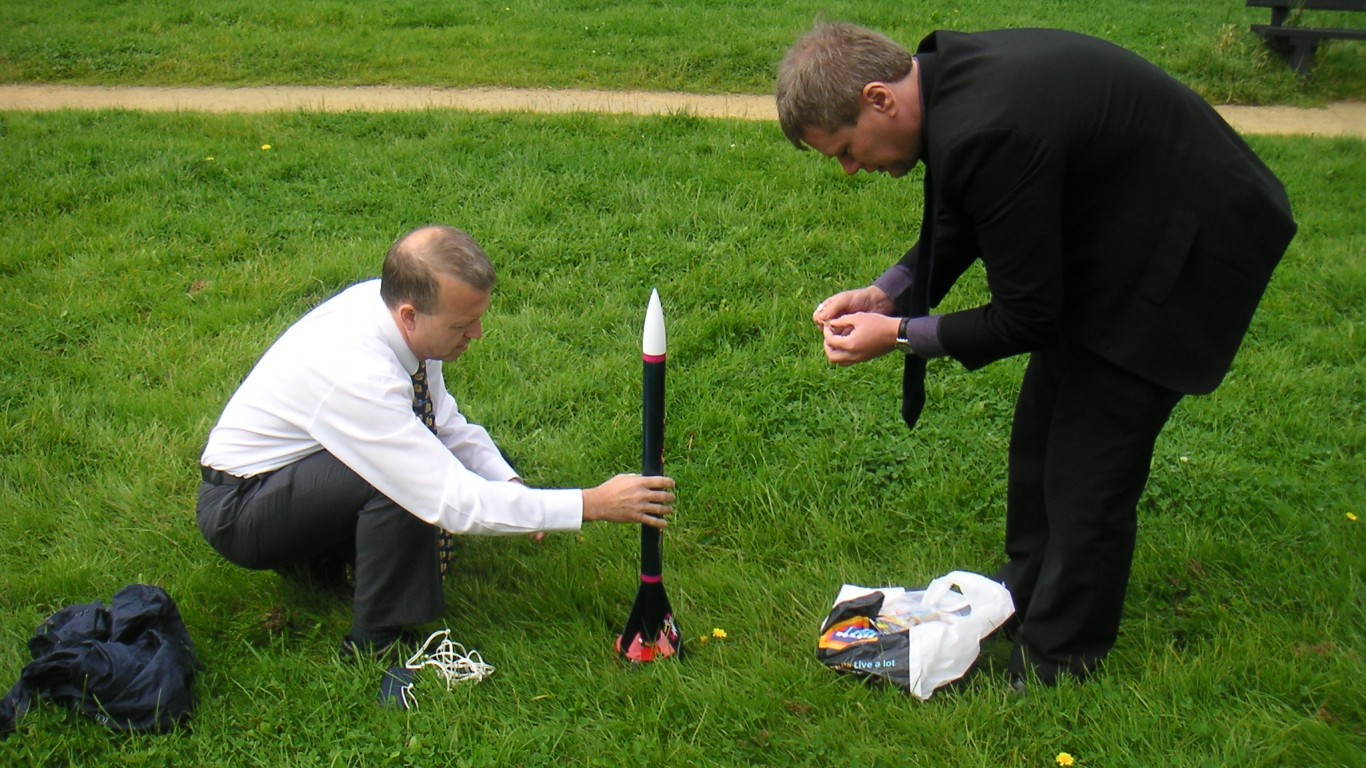
People often sink lots of time into their hobby, developing new skills and mastering their chosen craft or activity. While some people enjoy pastimes like hiking that are easy to get into for anyone, others opt for hobbies that can become quite expensive.
Casual skiers may only go once or twice per season, renting equipment and paying for day passes. But for those enthusiasts who make skiing a part of their lifestyle and hit the slopes multiple times per week, it makes more financial sense for the skier to get their own equipment and buy an expensive season pass.
To determine the most expensive hobbies, 24/7 Wall St. considered dozens of different pastimes and selected those with a high financial barrier to entry. For instance, fishing hobbyists can spend thousands of dollars on top-of-the-line rods, reels, and equipment, but there are plenty of fishermen that use relatively inexpensive equipment as well. Yet a hobby like water skiing requires access to a boat, fuel, and skis — which are expensive when all tallied up.
Some people are willing to spend hundreds and even thousands of dollars on their hobby just for the sake of enjoyment. Certain hobbyists are adept enough that they can actually become professional and start profiting off of their hobby instead of paying for it. These are the hobbies you can actually make money from.
Many hobbies involve physical activity like skiing or playing sports. Others are artistic, like sculpting or painting. But among the most popular hobbies are different types of collecting — sneakers, baseball cards, stamps, coins, and more. Perhaps the most exclusive of these is car collecting. Top car collectors amass garages full of high-end sports cars, classic muscle cars, and other automotive rarities. While most people could never spend six figures on a vehicle, these collectors have done so many times over. These are the most outrageous car collections in the world.
Click here to see the most expensive hobbies.
1. Trap shooting
Trap shooting is a sport that involves shooting clay disks with a shotgun as they fly through the air. Trap shooting can be done at a designated facility, like a state park or gun club, and participants are often charged per shot — and that can add up.
For those with enough land to safely trap shoot on their own property, obtaining all the necessary equipment can be expensive. Shotguns alone range in price from several hundred dollars to several thousand. Launching mechanisms for clay disks can range in price depending on their sophistication, from less than one hundred dollars to several thousand. Even after the initial investment, trap shooters will need to continually purchase clays, which are relatively inexpensive, and shotgun ammunition, which runs about $5-$10 per box of 25.
[in-text-ad]

2. Skiing
Downhill skiing is one of the most popular outdoor hobbies in the United States, and it is also one of the most expensive. The cost of equipment alone — which includes skis, ski boots, a helmet, googles, and appropriately warm outerwear can easily exceed $1,000.
Those without their own equipment have the option to rent at the mountain, but ski and boot rentals can range in price from about $25-$45 per day. When added to the price of a daily lift ticket, which usually costs an additional $40-80, a single day of skiing can easily exceed $100.

3. Golfing
Golfing offers enthusiasts a chance to compete without requiring strenuous physical activity, making it among the most popular hobbies in the country. There are more than 24 million golfers in the U.S., each of whom had to spend hundreds of dollars on their hobby. Many bags of golf clubs cost well over $300, with golfers adding and replacing clubs as needed over the years.
Golfers also have to pay to play, whether that means booking a tee time at a public golf course or becoming a member at a private club. According to Golfweek, the median public golf course charges $36 for an 18-hole round, while club memberships are often thousands of dollars per year, not to mention one-time initiation fees.
4. Model trains
Model train enthusiasts can sink thousands of dollars into their hobby, building up lengthy trains with a variety of different cars and elaborate surrounding environments. Full size trains can cost hundreds of dollars, with certain specific cars costing that much on their own. Hobbyists must also purchase tracks and electronics to make the trains run. Model train makers also build custom layouts featuring landscapes, buildings, backdrops and more, which can cost hundreds and even thousands of dollars. Of course, they can also hire someone to build custom layouts as well — which also costs thousands of dollars.
[in-text-ad-2]

5. Sneaker collecting
While most people see shoes as the thing you put on before you leave the house, people who collect shoes, called sneakerheads, see shoes as art worthy of collecting. With the rise of hip hop and the Air Jordan brand in the 1980s, sneakers became status symbols for the young and hip. Some wear their sneakers around, while others simply display them.
Pairs of designer sneakers can range from hundreds to even sometimes thousands of dollars. As the market has grown and expanded, there is an estimated $1 billion resale economy from companies like Nike, Adidas, and others.

6. Gaming
With the huge popularity of gaming among young people, it can be easy to forget just how expensive a hobby it is to get into. The latest Microsoft console, an Xbox One X, costs $349. The upcoming PS5 will likely cost $400-500. This does not include the games themselves — new games for a major console typically cost around $60.
A number of highly successful game franchises are popular for their online play, but that often isn’t free either — Xbox’s online service costs $20 per month, while Sony charges Playstation users $60 for a year of access, or $10 for a single month subscription.
[in-text-ad]
7. Cosplay
Conventions like the various Comic-Cons around the U.S. attract fans of movies, video games, comic books, and more — many of whom don the costumes of their favorite characters in a practice known as cosplay. Cosplayers separate themselves by matching the look of their character down to the last detail. The most dedicated cosplayers spend dozens of hours and hundreds of dollars designing and fabricating their looks.
Many sew their own clothing and build their own weapons and armor out of everyday items — the materials for which tend to cost several hundred dollars. For more intricate costumes, some cosplayers outsource masks, weapons, and other difficult pieces to professional crafters, making it all the more expensive.
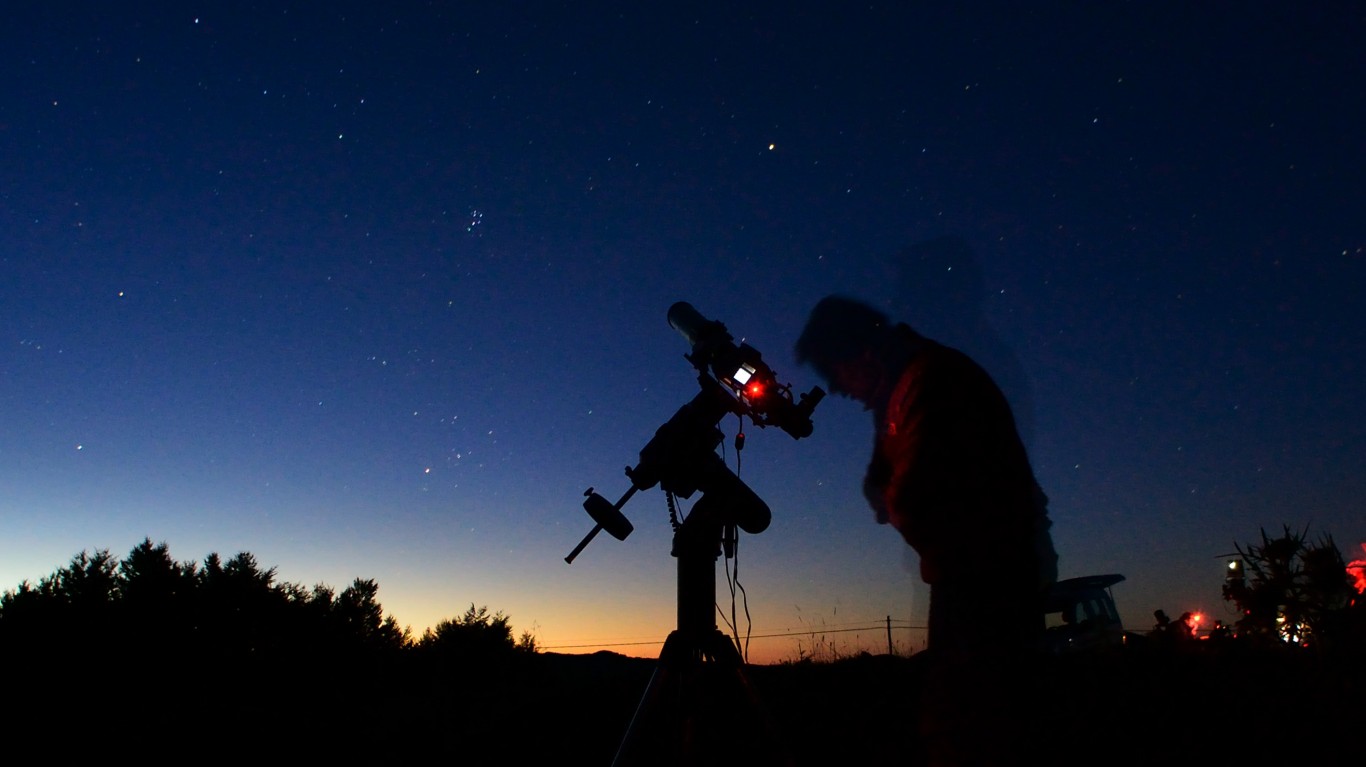
8. Astronomy
Amateur astronomists need one major piece of equipment to get started — a telescope. These instruments that allow users to see far off celestial bodies typically cost hundreds of dollars. Even the most basic children’s telescopes are over $50, and even a beginner adult’s telescope starts at around $200. Popular Mechanics recommends that new astronomers acquire lenses, filters, and eyepieces to enhance their viewing experience — which can tack on hundreds of dollars more.
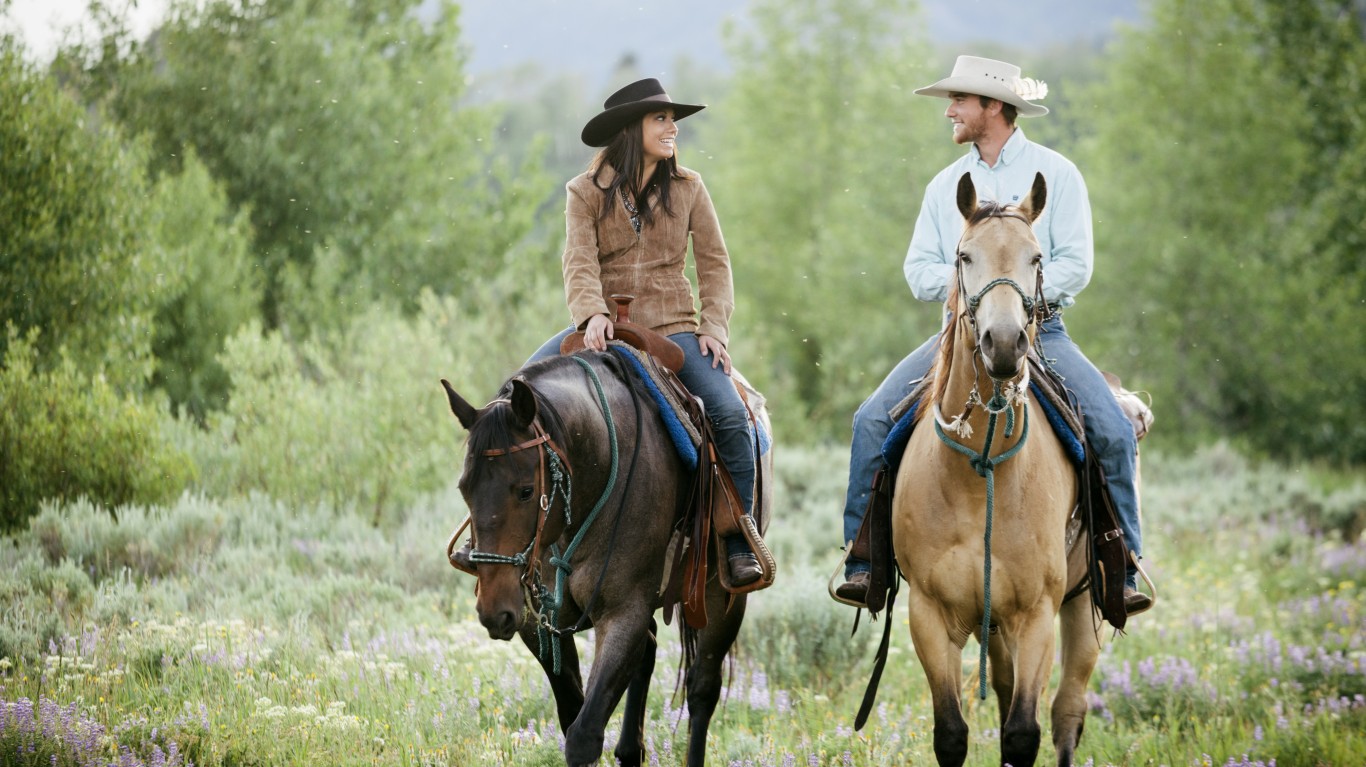
9. Horseback riding
Simply learning how to ride a horse can be prohibitive, with lessons typically costing at least $45 per hour if not much more. If you want to own the horse so you can ride it whenever you like, that is a much more costly proposition. Equine groups estimate the cost of owning a horse, not including the purchase price or stabling, is at least $2,500-$3,600 a year. This includes veterinary care, horseshoes, food, riding supplies like saddles, and more.
[in-text-ad-2]
10. Scuba diving
Scuba diving allows people to explore underwater environments for an extended time, but it requires a lot of know-how that is not easily acquired. Scuba certification is not technically required, but it is highly recommended for safe diving.
Certification comes in three parts — an online general knowledge course that usually costs just under $200, several pool diving lessons that tend to run around $200, and an open water course for around $350. After getting certified, divers need a considerable amount of gear, including a tank. These typically cost close to $200, if not more, though they can be rented for less. Divers also need to buy or rent a mask, wetsuit, and flippers to be fully ready to go scuba diving.
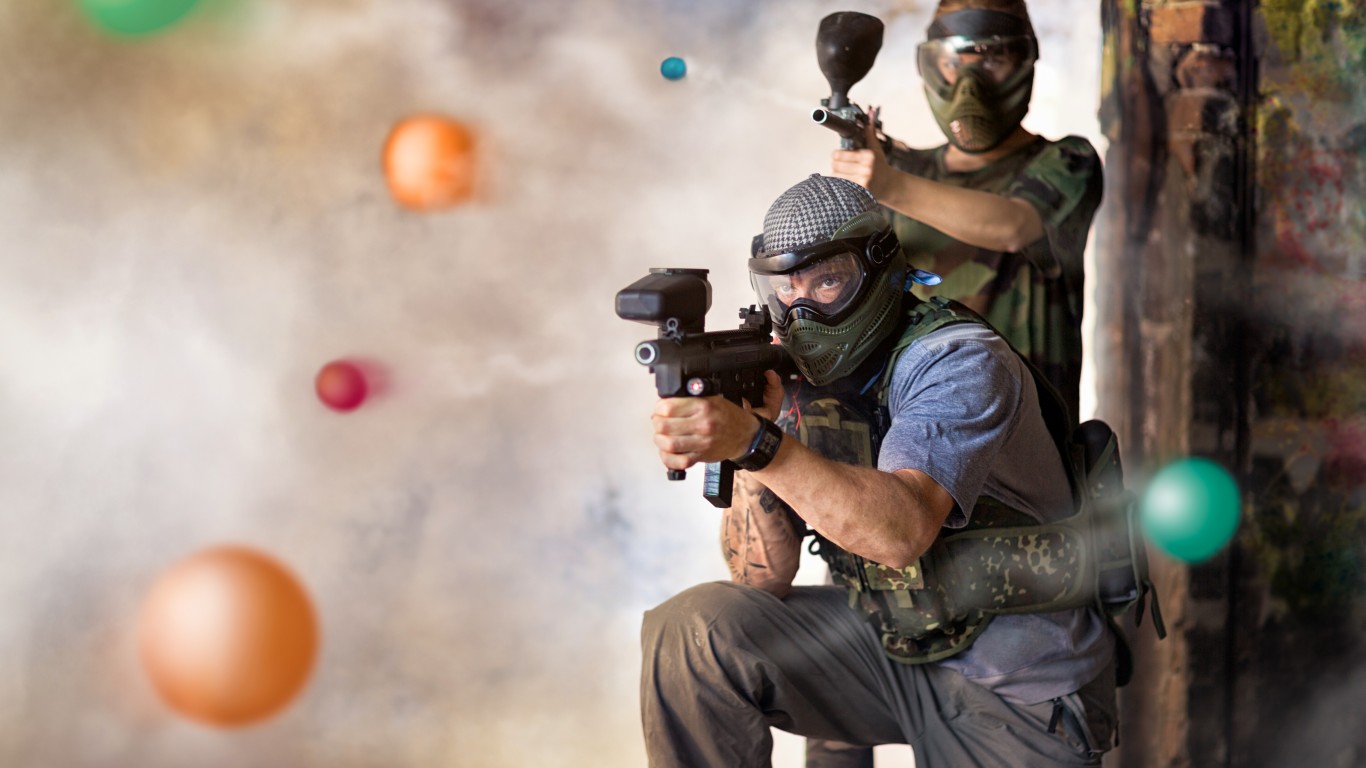
11. Paintballing
Paintballing is a sport that typically involves two teams made up of players equipped with paintball guns, or markers, competing in a designated area with the object of shooting, or tagging, opposing players with a paintball to eliminate them.
While a popular option for parties, paintball is also for many a regular hobby. It is not cheap, however. Those trying out the game or playing for a bachelor or birthday party can typically rent equipment at a paintball facility. But those who want to play more regularly or on private property where rentals are not available will need to make a relatively large investment in all the necessary equipment. This includes a paintball gun and hopper, a protective face mask, and a compressed air tank — which can all be bought individually and range in price, but there are all inclusive starter packs available for about $200. Paintballs themselves are also expensive, often selling for about $20 per 1,000.
[in-text-ad]

12. Drone racing
Drone racing is exactly what it sounds like — flying unmanned robots around a course, trying to beat fellow drone racers to the finish line. The first modern drone that resembles what people use today became commercially available in 2010, and the best models have consistently improved since then. In theory, any drone could be raced against other drones like it. But a top of the line racing drone, like those used in the Drone Racing League, costs over $500.

13. Biking
Biking is a popular hobby, attractive to many as it is not only fun, but also a healthy form of exercise. There are many different types of cycling, including single track mountain biking, downhill mountain biking, and road biking. Each of these ways to enjoy bicycling requires a specific kind of bike. Bicycles can range in cost from several hundred dollars to well over $10,000, depending on quality and performance. After purchasing the necessary equipment, which in addition to the bike itself will include a helmet, and likely appropriate riding outerwear and a bike rack, cycling can be enjoyed for little or no cost. The exception is for downhill riders who go to ski mountains and pay to use a chair lift to get to the top of the mountain.

14. Woodworking
In the olden days, all woodworking was done with little more than wood, axes, and elbow grease. But modern woodworkers rely on expensive machinery to help speed up their projects, as well as make them more accurate. Even the most rudimentary woodworking typically requires hand tools and a power drill, which altogether can cost up to $300 — not including the wood itself. Woodworkers can add hundreds more dollars to their hobby by adding in basic power tools like saws, lathes, and sanders.
[in-text-ad-2]

15. Photography
For the average person, the cameras on smartphones are more than enough to snap the occasional photograph. But for those who want to take photography more seriously as a hobby, the equipment can get expensive. An entry level digital single-lens reflex camera, or DSLR, has a much wider range of capabilities than a standard point and shoot, and typically costs several hundred dollars. Different camera lenses specially made for specific shots, like a distant zoom or portrait, can also cost several hundred dollars and often well over $1,000. Unlike many hobbies on this list, however, once a hobbiest has made the initial investment in the necessary equipment, photography can be enjoyed for little or no cost.

16. Car collecting
Collecting is a popular hobby, as many types of collections — like stamps, baseball cards, or patches — can be done at little cost. Car collecting, however, is not cheap. Many high profile car collectors have a taste for pricey vintage American muscle cars or European sports cars. Even for individuals with smaller budgets and less expensive tastes, the average sale price of a used car in the United States is around $20,000, and is usually much higher for rare vintage cars or classic sports cars.
[in-text-ad]
17. Archery
The first investment for a hobbiest looking to get into archery is a bow. There are a variety of bows popular with archers, including the two most common: recurve bows and compound bows. A basic starter kit for a recurve bow, the type used by athletes in the Olympics, costs about $200 and up, while a compound bow, popular with bow hunters, can go for around $300 and higher.
18. Model rocketry
All across the world, amateur rocket scientists enjoy building their own projectiles and launching them into the sky. Many hobbyist rocketeers choose to use kits to make their rockets. These kits come with the rocket components and cost up to $120. There is also launch support equipment, like stands, that can run about $100 as well. These rockets are designed to be launched over and over again, but they require fuel, which can cost $15-25 per launch as well. Of course, there are more intense hobbyists who choose to build their own rockets from scratch, but this can be even pricier and more dangerous if the rocketeer does not have the proper experience.

19. Hunting
Hunting is a hobby that can require a high initial investment of both time and money. Those looking to get into the sport are often required to take a hunter’s safety course, depending on state laws. Upon completion of the course, a licensed hunter typically needs to purchase tags for the type of game they are hunting. These costs do not include the price of a firearm, ammunition, and appropriate outerwear. Just as different game may legally require different tags, hunters will often need to have different firearms for different types of game: a large caliber rifle for larger mammals, for example, or a shotgun for fowl.
[in-text-ad-2]

20. Record collecting
With the advent of MP3 files and online streaming services, listening to music has never been easier. However, for many audiophiles, the reduction in quality inherent in these formats simply does not cut it. As a result, and perhaps often out of a sense of nostalgia, many have taken to the antiquated technology of record players. Though listening to records will include imperfections like clicks and distortions, many would argue that the analogue sound is richer and warmer than digital audio. Obtaining a record player and speakers to listen to records can cost as little as a couple of hundred dollars, but higher quality equipment can cost thousands. After that, buying records to listen to will add up. Records vary widely in price, from a couple of dollars to well over $40, with rare albums worth much more.
The #1 Thing to Do Before You Claim Social Security (Sponsor)
Choosing the right (or wrong) time to claim Social Security can dramatically change your retirement. So, before making one of the biggest decisions of your financial life, it’s a smart idea to get an extra set of eyes on your complete financial situation.
A financial advisor can help you decide the right Social Security option for you and your family. Finding a qualified financial advisor doesn’t have to be hard. SmartAsset’s free tool matches you with up to three financial advisors who serve your area, and you can interview your advisor matches at no cost to decide which one is right for you.
Click here to match with up to 3 financial pros who would be excited to help you optimize your Social Security outcomes.
Have questions about retirement or personal finance? Email us at [email protected]!
By emailing your questions to 24/7 Wall St., you agree to have them published anonymously on a673b.bigscoots-temp.com.
By submitting your story, you understand and agree that we may use your story, or versions of it, in all media and platforms, including via third parties.
Thank you for reading! Have some feedback for us?
Contact the 24/7 Wall St. editorial team.
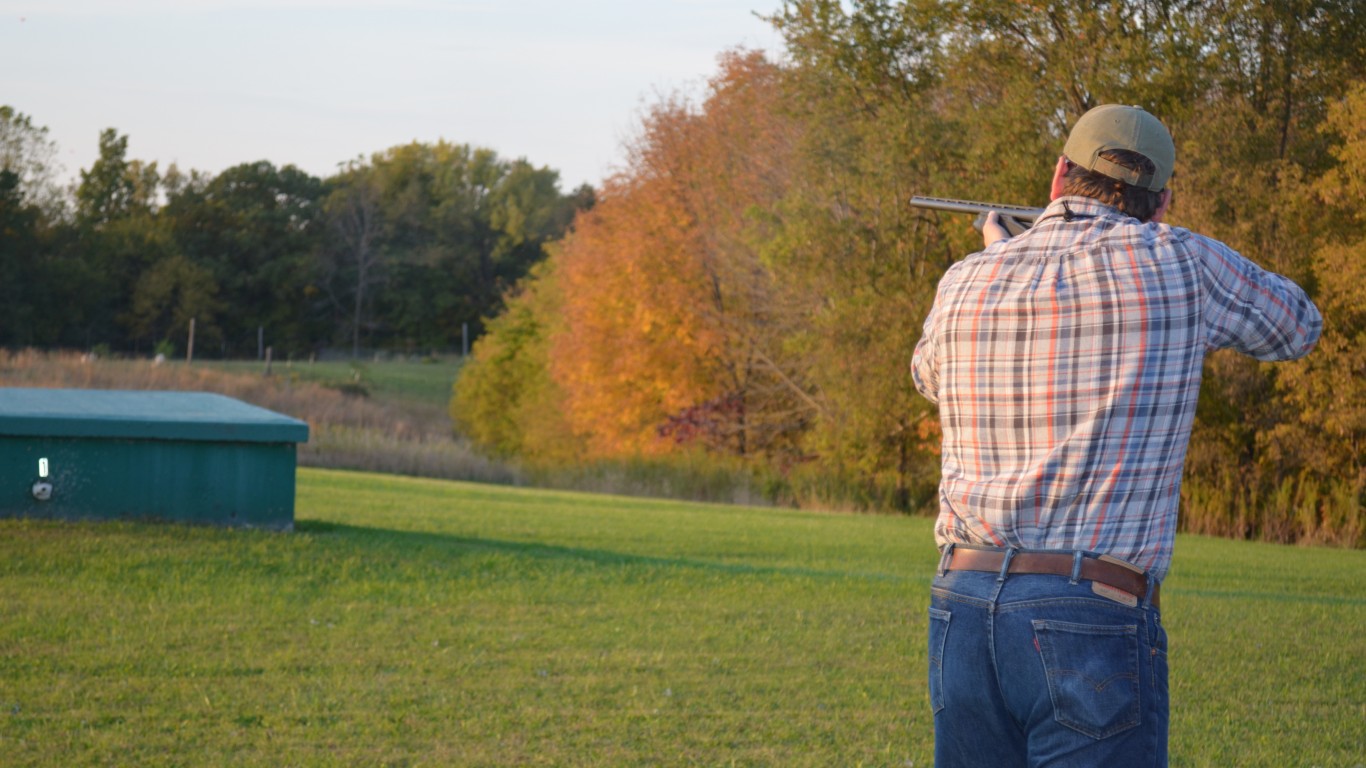


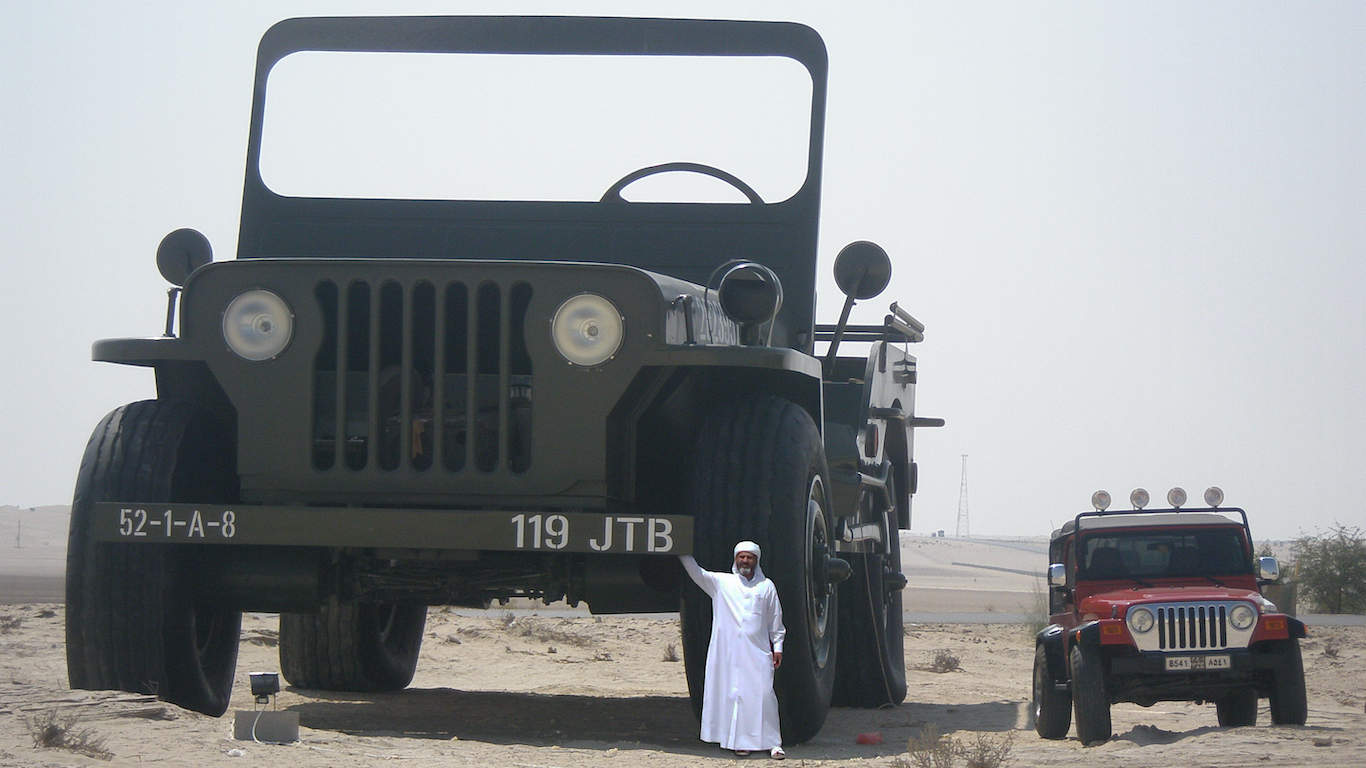 24/7 Wall St.
24/7 Wall St.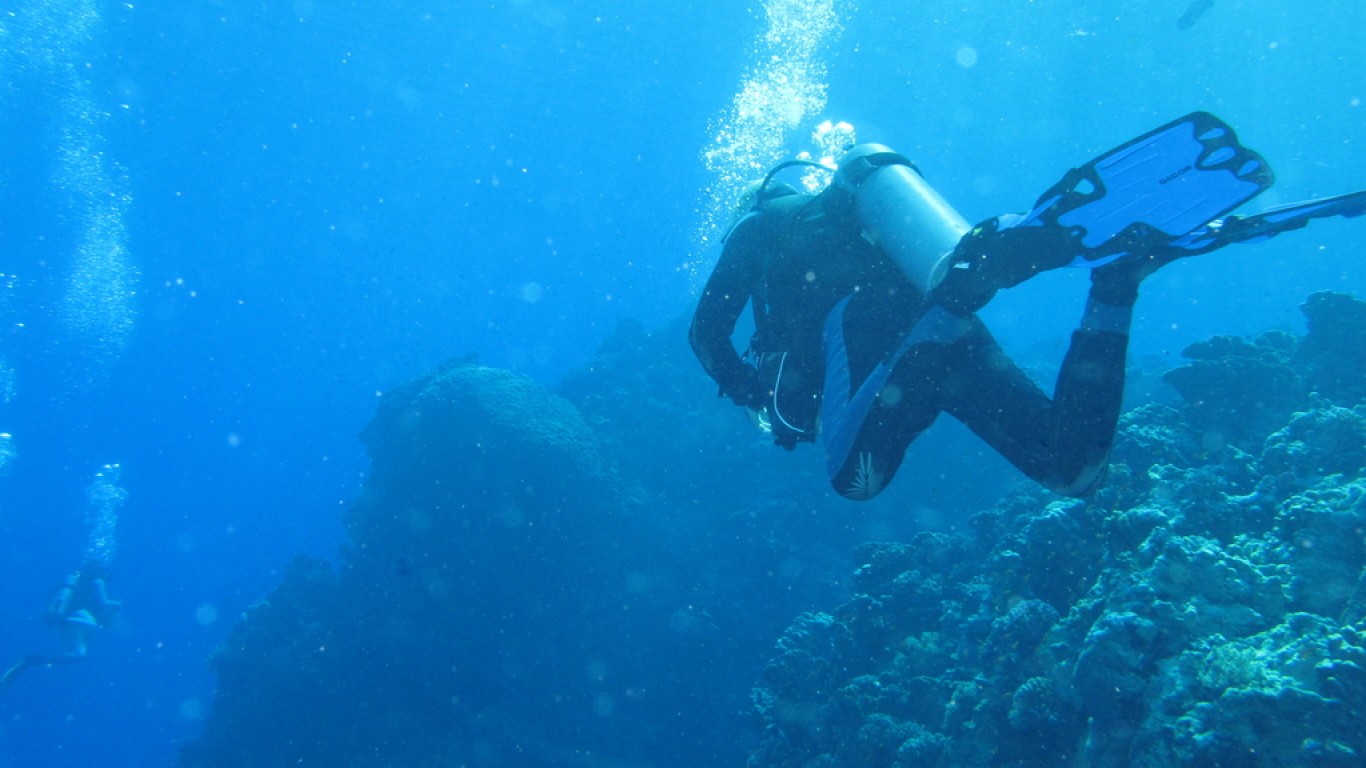
 24/7 Wall St.
24/7 Wall St.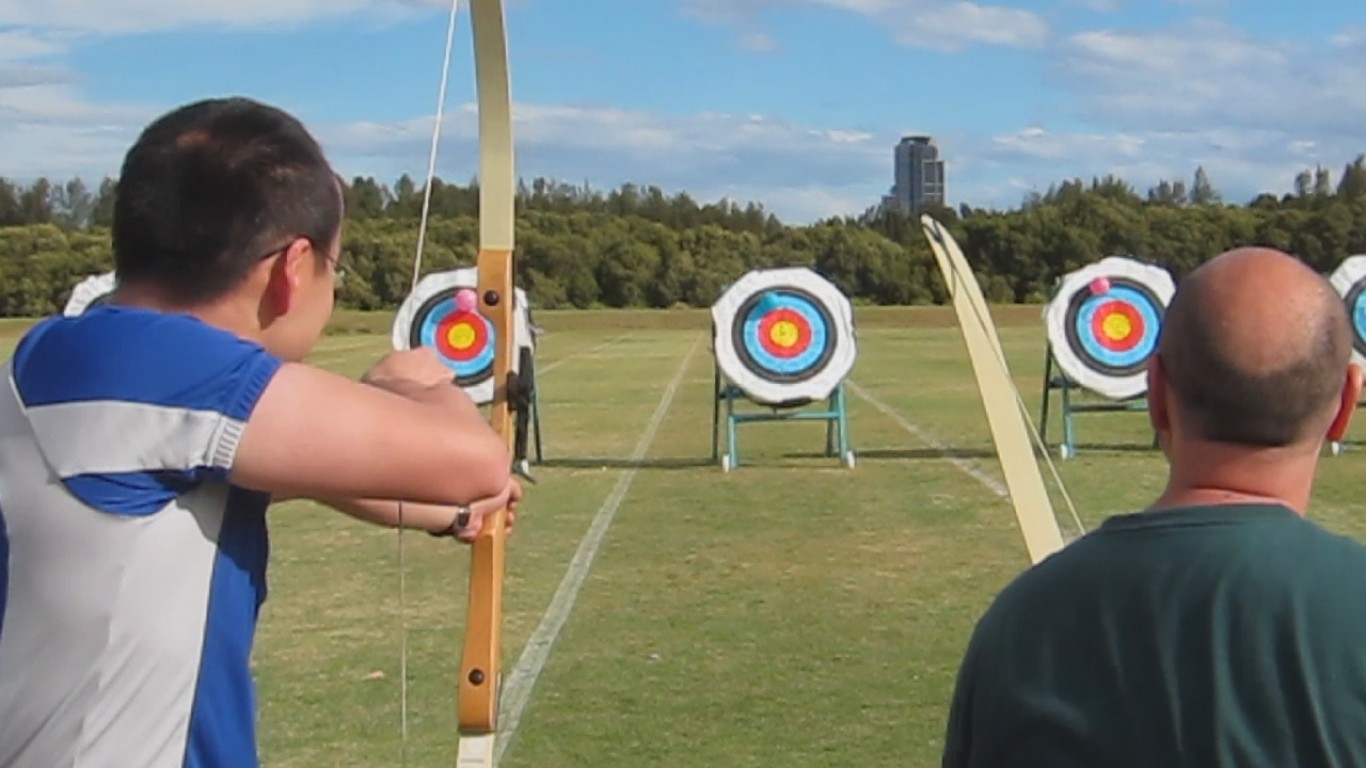
 24/7 Wall St.
24/7 Wall St.